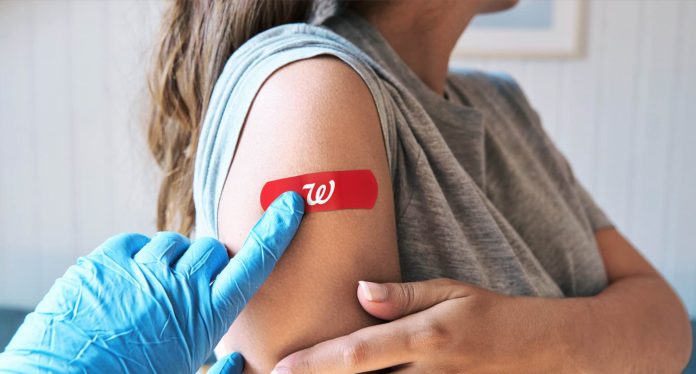New COVID-19 vaccines have been introduced to a weary public, despite their exhaustion with the ongoing pandemic. Doctors are urging people to get vaccinated, primarily due to several key factors. First, while the United States declared the pandemic over in May, severe COVID-19 cases have been increasing gradually.
Hospitalization rates have risen in all age groups, surpassing those for influenza. Second, new variants of the virus could potentially evade immunity acquired through previous vaccinations or infections. Third, the immune response from previous inoculations and infections diminishes over time, reducing protection.
The newly approved vaccines, developed by Moderna and Pfizer-BioNTech, are designed to target the XBB.1.5 version of the Omicron variant. They are the first COVID-19 vaccines in the U.S. that do not target the original virus. These vaccines are based on messenger RNA (mRNA) technology, and non-mRNA vaccines like the one from Novavax are also under consideration.
The new vaccines are expected to provide protection against emerging variants, as they generate a strong antibody response. While ideally, the vaccines prevent infection, their primary benefit is protecting individuals from severe illness and hospitalization.
The vaccines will be available at hospitals, doctor’s offices, and pharmacies shortly after the CDC’s recommendation, and most health insurance policies are likely to cover the cost. The CDC aims to ensure no-cost, timely access to the vaccines for all eligible individuals.
The CDC recommends that everyone aged six months and older should get these vaccines, with a focus on older adults and immune-compromised individuals who will benefit the most.
The timing of these vaccines depends on individual circumstances, including vulnerability to diseases, past side-effect responses, and efficiency. For vulnerable populations, getting COVID-19 and RSV vaccines as soon as possible makes sense, and people might choose to wait until October for the flu shot.
It is generally advisable to get all eligible vaccines simultaneously to ensure efficiency. If someone recently had COVID-19 or a previous booster, they should wait about two months from their most recent dose and about three months after infection for the new vaccine to maximize protection.
The need for previous vaccines and boosters may vary, depending on the individual and their age, so patients should consult their doctors for specific guidance. In conclusion, doctors recommend the new vaccines as they can help protect not only the individual but also the community from the spread of the virus and severe illness.
Scheduling Your Walgreens COVID Booster Shot
Walgreens is offering COVID-19 booster shots, and scheduling one is a straightforward process:
- Check Eligibility: Before scheduling your booster, make sure you meet the eligibility criteria. Eligibility may vary depending on factors like age, time since your last vaccine dose, and which vaccine you received initially. It’s essential to stay up to date with the latest guidance from health authorities.
- Schedule an Appointment: You can schedule your booster appointment through the Walgreens website or mobile app. Simply provide your location, choose your preferred Walgreens store, and select a convenient date and time.
- Complete Required Forms: When scheduling your appointment, you may need to complete some forms online. This process ensures a smoother and faster experience when you arrive at the pharmacy.
- Visit the Pharmacy: On the day of your appointment, visit the selected Walgreens location. Make sure to bring your identification, vaccination card, and any other necessary documentation.
- Receive Your Booster: A trained Walgreens pharmacist or healthcare professional will administer your booster shot. After the shot, you’ll receive a vaccination record card with details about your booster, which is important for keeping track of your vaccine history.















